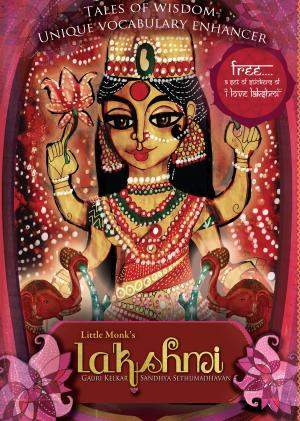| Author: | Vijai Singh Katiyar | ISBN: | 9788183282406 |
| Publisher: | Wisdom Tree Publishers | Publication: | January 5, 2010 |
| Imprint: | Wisdom Tree Publishers | Language: | English |
| Author: | Vijai Singh Katiyar |
| ISBN: | 9788183282406 |
| Publisher: | Wisdom Tree Publishers |
| Publication: | January 5, 2010 |
| Imprint: | Wisdom Tree Publishers |
| Language: | English |
This book lends a new dimension to the way the traditional Indian sari is looked at, and upholds it as an epitome of holistic design with a unique creative expression. In the backdrop of Indian sociocultural and economic ethos, the pages inside unfold the mesmerising woven yards of the sari, the quintessential piece of garment that has draped the Indian women since time immemorial. The sari has been subjected to innumerable cross-cultural influences brought in by the rise and fall of empires that marked the history of India. Perhaps no other textile product reflects the resilience of the Indian handloom sector as the sari, a true example of fine Indian sensibilities. The volume, with over 892 visuals, aims to delight and enrich the aesthetic experience of the reader with information on a wide range of saris from both the past and the present and ultimately introduces the contemporary design initiatives taking place in the sector. It enumerates the fascinating accounts of the sari’s traditional significance, the diverse styles of weaving, design vocabulary, and even the myriad styles of draping found across the sub-continent. It is indeed a glowing tribute to the magic flowing out of the deft hands of the Indian weaver and to the undeterred artistic spirit of the sari. The book will be of interest to designers, students, policy makers, technocrats, marketers and businesspersons besides all those who are interested in Indian art, culture, design and fashion.
This book lends a new dimension to the way the traditional Indian sari is looked at, and upholds it as an epitome of holistic design with a unique creative expression. In the backdrop of Indian sociocultural and economic ethos, the pages inside unfold the mesmerising woven yards of the sari, the quintessential piece of garment that has draped the Indian women since time immemorial. The sari has been subjected to innumerable cross-cultural influences brought in by the rise and fall of empires that marked the history of India. Perhaps no other textile product reflects the resilience of the Indian handloom sector as the sari, a true example of fine Indian sensibilities. The volume, with over 892 visuals, aims to delight and enrich the aesthetic experience of the reader with information on a wide range of saris from both the past and the present and ultimately introduces the contemporary design initiatives taking place in the sector. It enumerates the fascinating accounts of the sari’s traditional significance, the diverse styles of weaving, design vocabulary, and even the myriad styles of draping found across the sub-continent. It is indeed a glowing tribute to the magic flowing out of the deft hands of the Indian weaver and to the undeterred artistic spirit of the sari. The book will be of interest to designers, students, policy makers, technocrats, marketers and businesspersons besides all those who are interested in Indian art, culture, design and fashion.















